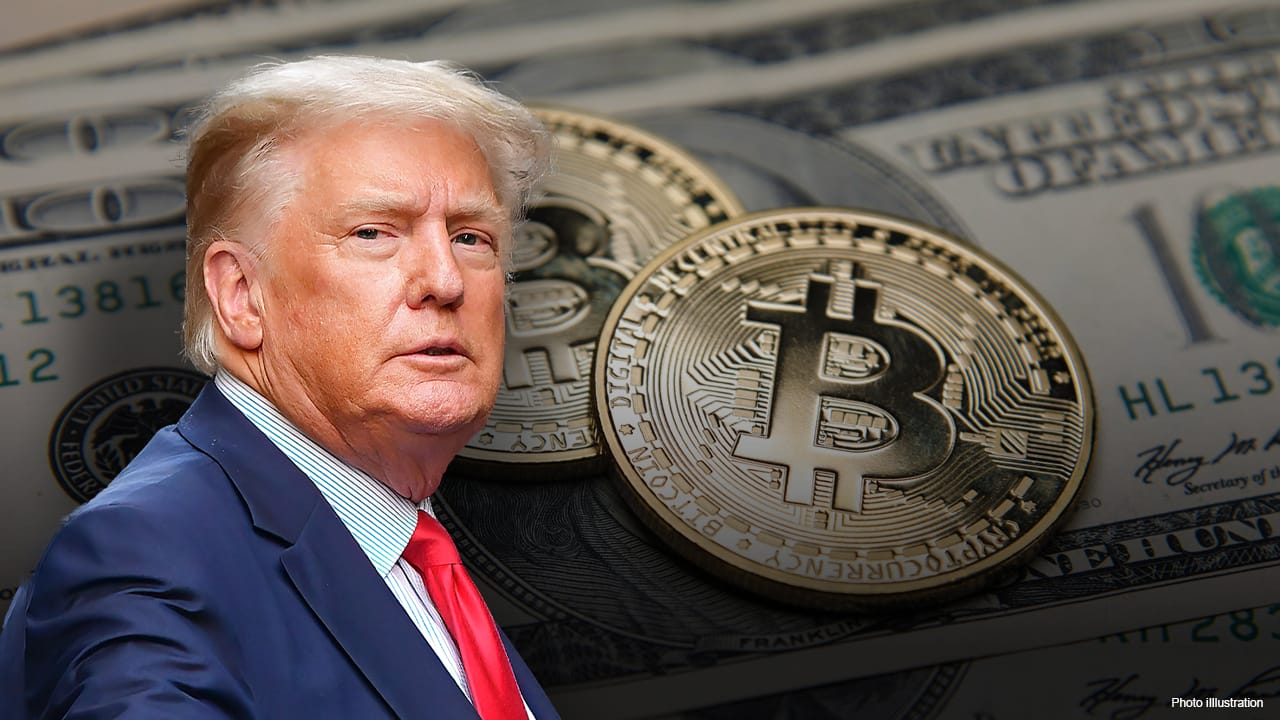The cryptocurrency market has always been influenced by global events and government policies. In the United States, political decisions have a significant impact on crypto regulation, taxation, and adoption.
With discussions surrounding President Trump’s return to office, many are curious about how his administration’s policies might shape the future of cryptocurrency investments.
This article explores the potential effects of Trump-era crypto policies on the market and individual investment strategies.
Understanding Trump’s Previous Stance on Cryptocurrency
During his presidency a few years ago, Donald Trump was openly critical of cryptocurrencies. He referred to Bitcoin as a “scam” and expressed concerns about its potential to undermine the U.S. dollar. His administration also emphasized the need for strict regulation to combat illicit activities like money laundering and fraud.
Key actions during Trump’s tenure included:
• Increased scrutiny on Initial Coin Offerings (ICOs).
• Support for stablecoin regulation, particularly concerning Facebook’s Libra (now Diem).
• Encouragement of blockchain innovation for non-financial purposes, such as supply chain management.
Trump’s approach leaned heavily toward maintaining the dominance of the U.S. dollar and ensuring that cryptocurrencies did not threaten the traditional financial system.
Potential Policy Changes Under a Trump Administration
Now that President Trump has returned to office, his crypto policies might include:
1. Stricter Regulations
Trump’s administration may push for tighter control over cryptocurrency exchanges and wallets to curb illicit activities. This could lead to more rigorous Know Your Customer (KYC) and Anti-Money Laundering (AML) requirements.
2. Support for a Digital Dollar
Trump has previously advocated for maintaining the U.S. dollar’s global dominance. His administration might accelerate efforts to develop a central bank digital currency (CBDC), also known as the digital dollar, as a countermeasure to decentralized cryptocurrencies.
3. Higher Taxation on Crypto Gains
To address national debt and economic challenges, Trump’s policies could include increased taxes on cryptocurrency capital gains, impacting long-term investors.
Implications for the Cryptocurrency Market
Trump has come a long way since his negative assertions about cryptocurrency. He has now embraced cryptocurrency and has introduced the $TRUMP and $MELANIA memecoins.
His policies could have both positive and negative effects on the crypto market.
Positive Impacts
• Institutional Adoption: Stricter regulations could encourage institutional investors by providing a clearer legal framework.
• Innovation in Blockchain: While Trump may regulate cryptocurrencies, he might also support blockchain technology for government and industrial use.
Negative Impacts
• Market volatility: Uncertainty about new regulations could lead to short-term price fluctuations.
• Reduced Privacy: Increased KYC and AML measures could deter privacy-focused crypto users.
How Investors Can Prepare for Policy Changes
Investors should take proactive steps to safeguard their portfolios against potential policy shifts. They should take these steps:
1. Diversify Your Portfolio
Spread your investments across different asset classes, including stocks, bonds, and alternative assets, to mitigate risks.
2. Stay Informed
Keep track of regulatory updates and political developments that could affect the cryptocurrency market.
3. Use Regulated Platforms
Opt for exchanges and wallets that comply with U.S. regulations to ensure the security of your investments.
4. Consult a Tax Professional
Understand how potential tax changes might impact your crypto gains and plan accordingly.
Opportunities Amidst Challenges
Despite stricter regulations, Trump-era policies could present new opportunities for investors:
• Focus on Stablecoins: As stablecoins face more regulation, they may become a safer option for conservative investors.
• Explore DeFi: Decentralized finance (DeFi) platforms could gain popularity as alternatives to traditional financial systems.
• Leverage Blockchain Innovation: Look for investment opportunities in blockchain projects that align with government priorities, such as supply chain transparency and cybersecurity.
The Bigger Picture: Crypto Beyond U.S. Policies
While U.S. policies play a significant role, the cryptocurrency market is global. Factors such as international adoption, technological advancements, and macroeconomic trends will continue to shape the market. Investors should maintain a long-term perspective and adapt to changes as they arise.
Conclusion
By understanding the potential implications of Trump’s crypto policies, investors can make informed decisions and adapt their strategies to navigate this evolving landscape. Whether his policies lead to challenges or opportunities, staying proactive and educated will be crucial in the world of cryptocurrency investments.
FAQs
1. What were Trump’s views on Bitcoin during his presidency?
Trump was critical of Bitcoin, calling it a “scam” and expressing concerns about its potential to undermine the U.S. dollar. His administration focused on regulating cryptocurrencies to prevent illegal activities.
2. How could Trump’s return to office affect crypto regulations?
Trump’s administration might introduce stricter regulations, higher taxes on crypto gains, and support for a digital dollar to maintain U.S. financial dominance.
3. Should I stop investing in cryptocurrencies if Trump returns to office?
Not necessarily. While stricter regulations could create challenges, they may also encourage institutional adoption and provide a clearer framework for investors. Diversification and staying informed are key strategies.
4. What is the digital dollar, and how could it impact cryptocurrencies?
The digital dollar is a central bank digital currency (CBDC) issued by the U.S. government. It could compete with decentralized cryptocurrencies, potentially reducing their appeal as alternative payment methods.
5. How can I protect my investments from policy changes?
Diversify your portfolio, use regulated platforms, stay updated on policy developments, and consult a tax professional to navigate potential changes effectively.




